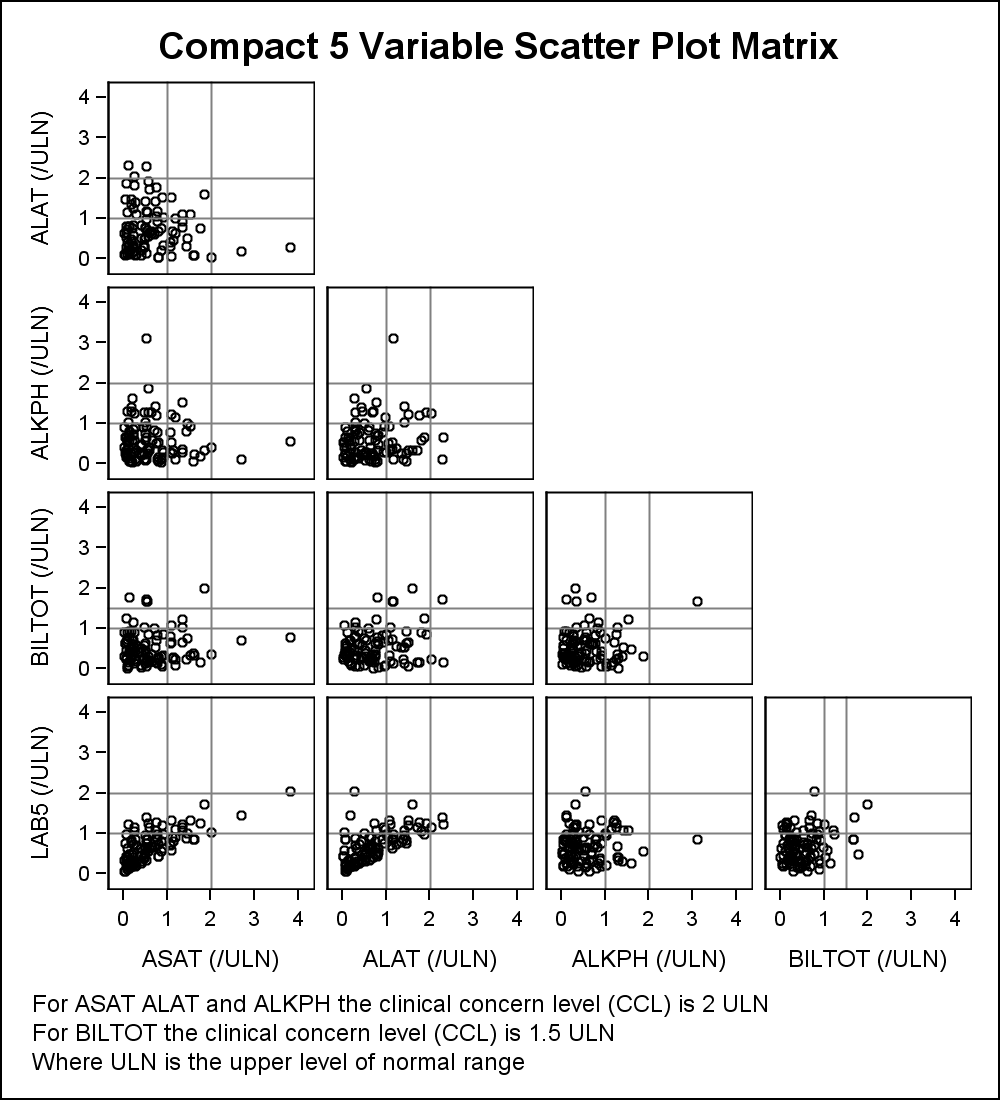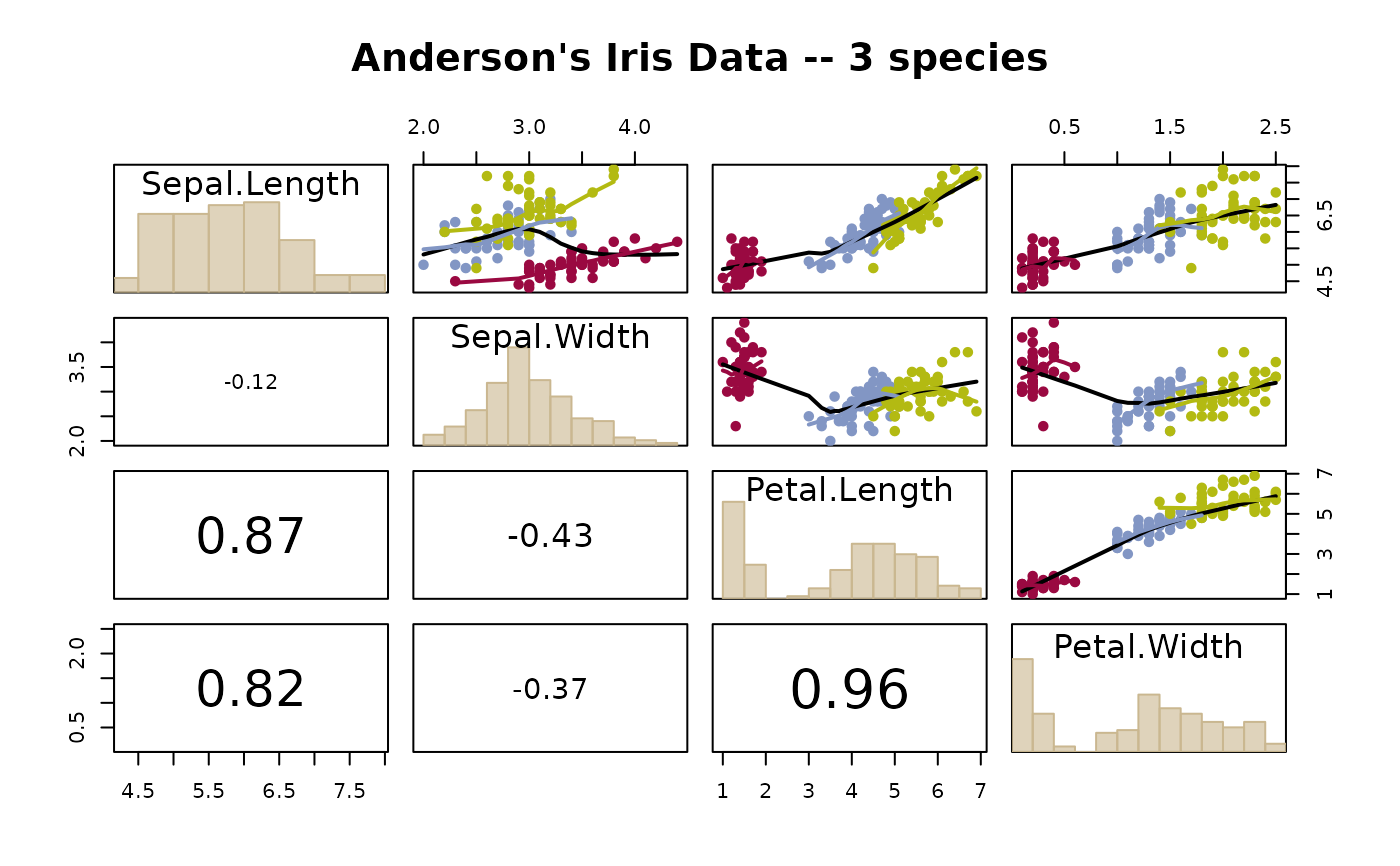

If FALSE (the default), noĮllipses are plotted. Setting method=MASS::rlm would fit using a robust regression.Ĭontrols plotting data-concentration ellipses. To regLine = list(method=lm, lty=1, lwd=2, col=col) specifying the name of the function thatĬomputes the line, with line type 1 (solid) of relative line width 2 and the color equal to the first This argument can also be a list with named list, with default regLine=TRUE equivalent TRUE (the default) is equivalent to list(coords=NULL, pt.cex=cex, cex=cex), for which placement will varyīy the the value of the diagonal argument-e.g., "topright" for diagonal=TRUE.Ĭontrols adding a fitted regression line to each plot, or to each group of points In any form acceptable to the legend function, and elements pt.cex and cex corresponding respectively to the pt.cex and cex arguments of the legend function Can be a list with the named element coords specifying the position of the legend Of the data list(method="identify") for interactive point identification is not allowed.Ĭontrols placement, point size, and text size of a legend if the plot is drawn by groups if FALSE, the legend Which identifies the 2 points (in each group, if by.groups=TRUE) with the largest Mahalanobis distances from the center TRUE is equivalent to list(method="mahal", n=2, cex=1, location="lr"), The smoother, line type, width and color, of the added lines, and adding arguments for the smoother.Ĭontrols point identification if FALSE (the default), no points are identified Ĭan be a list of named arguments to the showLabels function The default smoother is loessLine, which uses the loess function from If smooth=TRUE, then both the mean functionĪnd variance funtions are drawn for ungrouped data, and the mean function only is drawn for groupedĭata. Horizontal axis variable and optionally a nonparametric estimate of the spread or variance function. Specifies a nonparametric estimate of the mean or medianįunction of the vertical axis variable given the + xk | z where zĮvaluates to a factor or other variable to divide the data into groups.Ī data frame within which to evaluate the formula.Įxpression defining a subset of observations. If point identification is used, a vector of identified points is returned.

This function is used for its side effect: producingĪ plot.

Use = c("complete.obs", ""), col =ĬarPalette(), pch = 1:n.groups, cex = par("cex"),Ĭex.axis = par("cex.axis"), cex.labels = NULL,Ĭex.main = par("cex.main"), row1attop = TRUE. Plot.points = TRUE, groups = NULL, by.groups = TRUE, Id = FALSE, legend = TRUE, regLine = TRUE,Įllipse = FALSE, var.labels = colnames(x), diagonal = TRUE, ScatterplotMatrix(formula, data=NULL, subset. Spm is an abbreviation for scatterplotMatrix. This function provides a convenient interface to the pairs function to produceĮnhanced scatterplot matrices, including univariate displays on the diagonal and a variety of fitted lines, smoothers, variance functions, and concentration ellipsoids. Scatter1.ScatterplotMatrix: Scatterplot Matrices Description Scatter1.map_upper(#only plot data from 0-30cm) For example is there a way perhaps to do the following? scatter1 = sns.PairGrid(dframe_master) I suspect that the trick is to use PairGrid, and set one portion of the data to appear in map upper and the other portion in map lower, however I don't currently see a way to explicitly split the data. Scatter1 = sn.pairplot(dframe_scatter_top,hue='Season',corner='True')
#Scatterplot matrix code
Here is the relevant code dframe_scatter_top = pd_read.csv(dframe_top.csv)ĭframe_scatter_btm = pd_read.csv(dframe_btm.csv)ĭframe_master = pd.read_csv(dframe_master.csv)
#Scatterplot matrix how to
However I am unsure of how to have a different portion of the data to be used in each triangle. I have figured out how to create a scatterplot matrix for one triangle/portion of the dataset at a time, such as in this example: Soil layer, and the upper triangle only consisting of data from the


 0 kommentar(er)
0 kommentar(er)
